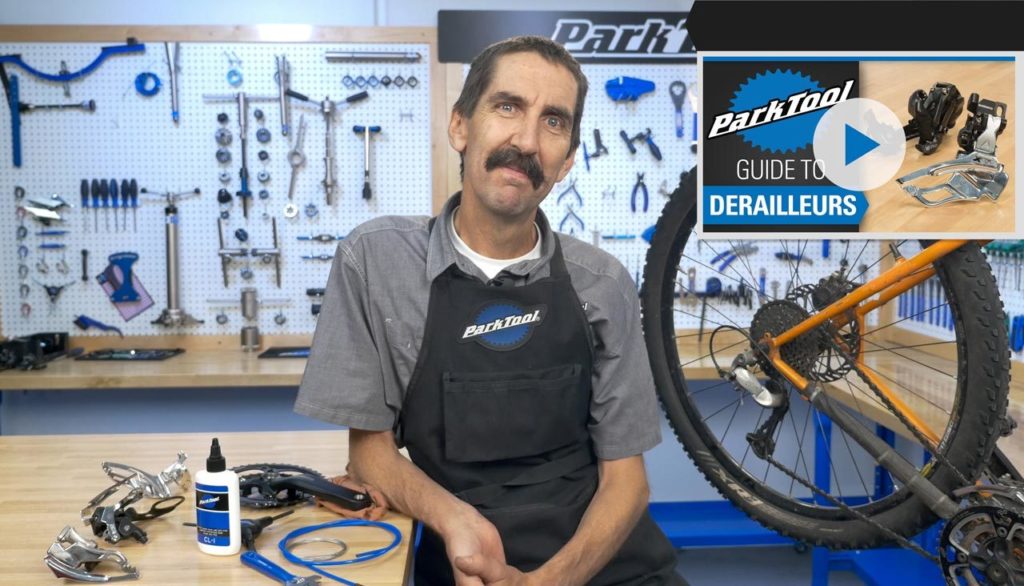Bikes Blog
6 Common Bike-Repair Mistakes and How to Fix Them
6 Common Bike-Repair Mistakes and How to Fix Them.
Learning how to do simple bike repairs is a good way to save money and become self-sufficient. But sometimes even the simplest of home maintenance jobs can turn into a nightmare, requiring yet another trip to your local bike shop.
As a beginner do-it-yourself bike mechanic, be aware of these common mistakes.
1. USING TOO MUCH CHAIN LUBE
The problem: After noticing a dirty or squeaky chain, you decide it’s finally time to clean it. Once all the gunk is removed, you apply a generous amount of lube without wiping off the excess. While this might solve the squeaking problem, leaving the extra lube on your chain will attract even more dirt and grime from the road your next time out, leaving your drivetrain just as filthy as it was before.
The fix: Apply only one or two drops of chain lube to each chain link. After each link is lubed, wipe off all of the excess with a rag. Do this again after each ride to remove any gunk you may have picked up.
2. OVERTIGHTENING BOLTS
The problem: All those fancy carbon parts on your new bike are secured with puny 5 mm bolts. During installation, or if you happen to notice a loose stem bolt, you bust out the Allen wrench and go to work. What you could find out the hard way is that those tiny bolts have a torque specification of 10 Nm (Newton meters) — and that ain’t much. If you happen to go overboard, the result will be a crack in one of those expensive parts.
The fix: If you’re using an Allen wrench to tighten carbon parts, you’re playing a guessing game. Instead, buy a torque wrench. This will allow you to tighten all of your bolts to the manufacturer’s recommended torque, and it will keep you from damaging your parts.
3. OVERINFLATING YOUR TIRES
The problem: You inflate your tires to the number written on the sidewall. While this may not necessarily be wrong, it might not be a good choice, depending on the type of terrain you’re riding on. If you hit a pothole or ride over gravel, it could cause a flat or even damage your rim.
The fix: The number written on your sidewall is usually the max pounds per square inch (usually around 120 psi) allowed for your tire. Inflating your tires to this number will create a bouncy ride and won’t absorb any of the impact. While it might be OK to go as high as 110 psi if you’re racing on smooth roads, it’s often better to lower your tire pressure to around 90–100 psi to improve your comfort and make a flat less likely.
4. NOT GREASING YOUR SEAT POST
The problem: You find out your position on the bike isn’t quite right. To correct the problem, you adjust the height of your seat post. But when you do, you find out it’s stuck and — no matter how hard you pull — it just won’t budge.
The fix: To keep a seat post from seizing, you should apply a generous amount of grease during installation. But that isn’t where it stops. Every 3–5 months, mark your position with a piece of tape, and remove the seat post. Reapply the grease to prevent it from getting stuck inside the frame. If you’re using a carbon seat post, try a special carbon paste instead of regular bike grease to prevent slippage.
5. OVERTIGHTENING YOUR PEDALS
The problem: You get a new pair of pedals. When you try to remove the old ones, they won’t budge — just like the seat post.
The fix: Don’t install your pedals too tight or without using grease. If you do, the threads on the spindle could become brittle and break when you eventually try to remove them from the crank arm; this will cause a welding effect. Instead, don’t overtighten your pedals, and use plenty of grease on the spindles to make removal much easier.
6. USING THE WRONG BRAKE PADS
The problem: Excited by a purchase of new carbon rims, you put them on your bike and go out for a ride. Your rims begin to squeak when you brake, and your stopping power isn’t all that great.
The fix: Carbon rims require the use of carbon-only brake pads. Using your old brake pads on an alloy braking surface will ruin your carbon rims — and void your manufacturer’s warranty. The carbon brake pads will also provide better performance and extend the life of your expensive new wheel set.


